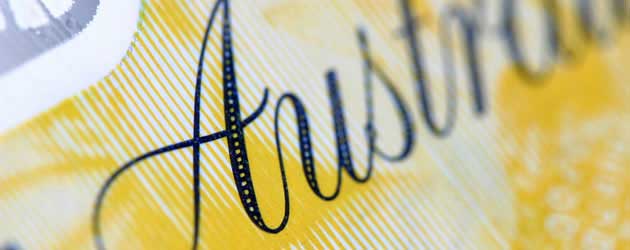 Although several pieces of positive Australian data boosted the nation’s currency against most of its main rivals during local trade, the ‘Aussie’ modestly declined against a bullish US Dollar following the Bank of Japan’s policy decision.
Although several pieces of positive Australian data boosted the nation’s currency against most of its main rivals during local trade, the ‘Aussie’ modestly declined against a bullish US Dollar following the Bank of Japan’s policy decision.
The Australian Dollar exchange rate was trading in the region of 1.0414 against the US Dollar as of 09:35 am GMT
The ‘Aussie’ gained for a second day against its New Zealand counterpart, moving away from Tuesday’s three-week low, after the release of Australian retail sales figures.
The retail sales advance of 1.3 per cent in February was significantly better than the 0.3 per cent gain economists expected. It was also the largest back-to-back gain recorded for nearly four years.
As one industry expert noted: ‘The retail sales number was extremely strong. It justifies the move higher in the Aussie. The Reserve Bank of Australia said this week that there are signs the economy is responding to previous easing of monetary policy and we’re clearly seeing that evidence today.’
Meanwhile, a separate report revealed a rebound in Australian building approvals. After slumping by 2.0 per cent in January, building approvals increased by 3.1 per cent in February.
Yesterday’s Australian Performance of Service Index also lent the ‘Aussie’ support after the gauge was shown to have reached its highest level for over a year.
However, while this news certainly brightens Australia’s economic outlook it wasn’t enough to push the ‘Aussie’ higher against a bullish US Dollar.
The US Dollar broadly strengthened after the Bank of Japan’s policy meeting came to a close and the central bank announced its intention of expanding fiscal stimulus.
As a result of the BOJ’s announcement investors turned to the safe-haven US Dollar and the Yen posted widespread declines.
Consequently, although the Australian Dollar surged by 2.1 per cent against the Yen it recorded a modest decline against its US counterpart.
Additional ‘Aussie’ movement could occur today in response to global developments, particularly the European Central Bank’s rate decision and US initial jobless claims figures.

Comments are closed.